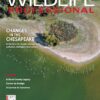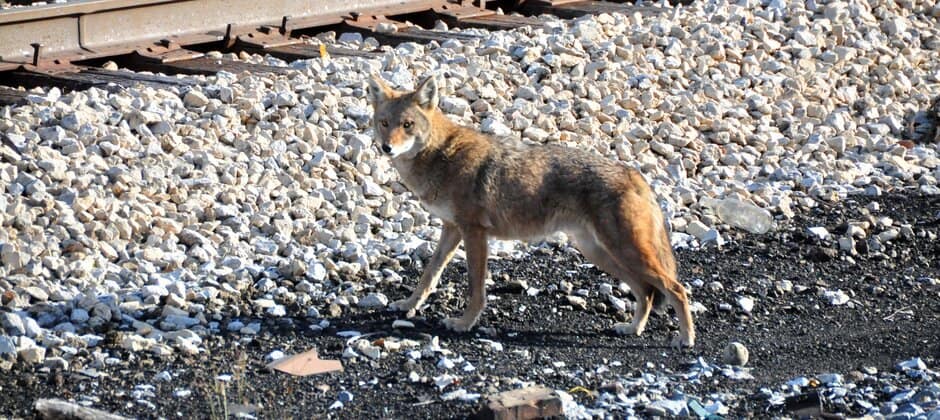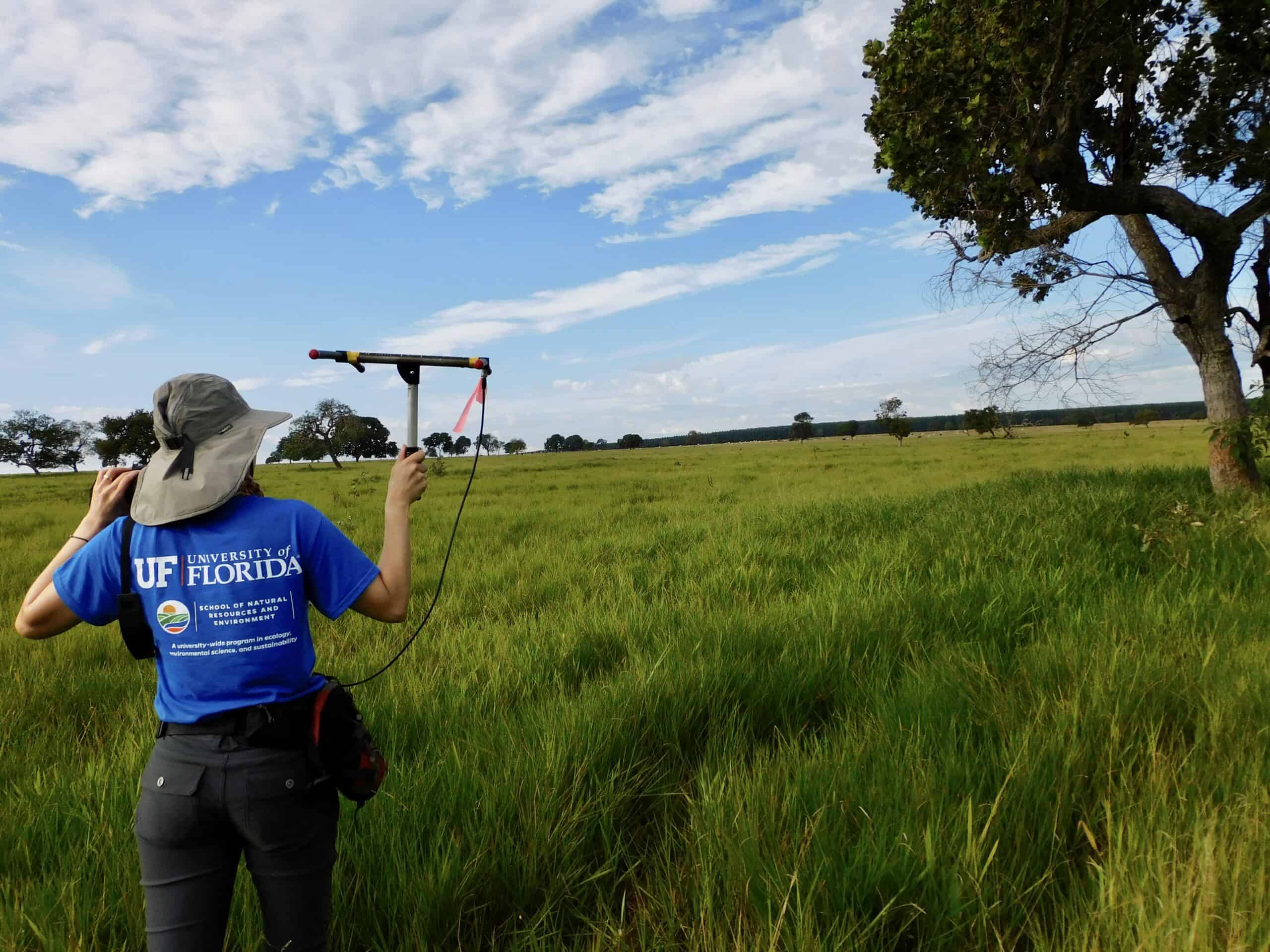Share this article
TWS2021: Translocated nuisance coyotes have low survival
Coyotes have woven their way into the ecological fabric of urban life in many North American cities, but they can also cause conflicts with people.
“Their intelligence and adaptability makes them well-suited to cohabitate with humans in urban landscapes,” said TWS member Charlotte Milling, a postdoctoral researcher at the Ohio State University, in a video presented about her research at The Wildlife Society’s virtual 2021 Annual Conference. “People appreciate having coyotes. They just don’t want them in such close proximity.”
Some wildlife managers have turned to translocation to reduce these conflicts in the Chicago area. But Milling’s ongoing research has found that moving urban coyotes (Canis latrans) that have become a nuisance for humans to another area rarely has positive outcomes.
“Occasionally, a translocated animal just becomes a translocated problem,” Milling said.
In the early 2000s, Chicago’s Cook County Animal and Rabies Control had a policy of trapping, relocating and moving coyotes from the urban core to forest preserves in the western part of the county with the Forest Preserve District of Cook County. But no one ever followed up on the outcomes of these translocations.
Fitting coyotes with tracking collars, Milling and her colleagues studied the survival and movements of nine of these coyotes.
They also collared four animals that were rehabilitated by the Willowbrook Wildlife Center Clinic. The clinic had taken these coyotes in as dependent pups and released them when they grew older.
The researchers compared the survival and movements of both of these groups to those of 143 coyotes tracked as part of the Urban Coyote Project led by TWS member Stanley Gehrt. The latter coyotes had been trapped, collared and released in the same area they were found in the Chicago Metropolitan Area.
Milling and her colleagues found that survival among the translocated coyotes was very low, regardless of whether they were moved due to being deemed a nuisance or released from rehabilitation centers.
They found that all 13 translocated coyotes either died or weren’t trackable within 14 weeks of being moved, with little statistically significant difference between nuisance coyotes and rehabilitated coyotes.
In contrast, of 143 coyotes that weren’t moved, only 15 weren’t trackable and 16 were confirmed dead 14 weeks after they were collared.
“Survival of translocated coyotes was significantly lower than the survival of our [Urban Coyote Project] animals,” Milling said, adding that this is true even in the most optimistic scenario that assumes that all the translocated coyotes that went missing didn’t die.
Milling said there are a number of reasons that survival among translocated coyotes may be so low. Other territorial and aggressive coyotes or other predators may already live in the areas where the animals are moved. “Animals can be introduced to novel environments where they are unsure how to access food and shelter resources,” she said. The animals might try to return to the area where they were trapped in the first place.
Milling said that the research shows moving coyotes isn’t a viable solution for dealing with wildlife conflicts in urban areas.
“Translocation does not offer a more preferable outcome for nuisance coyotes than euthanasia. In fact, survival was less than a coin flip,” Milling said, adding that they also couldn’t conclude that rehabilitated coyotes fared any better. “There is no conservation value to moving most urban wildlife.”
A better strategy for wildlife management in this case would be to focus on education campaigns about how humans can prevent negative interactions by adjusting their behavior through managing garbage better or keeping their pets indoors.
“Coyotes really do pose a low risk to humans,” she said.
Conference attendees can visit office hours for this contributed paper on Wednesday, Nov. 3 from 1 p.m. to 2 p.m. to learn more and ask questions.
Header Image: A coyote walks across the train tracks in the Chicago area. Credit: Ryan Stavely








